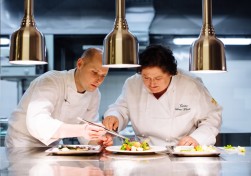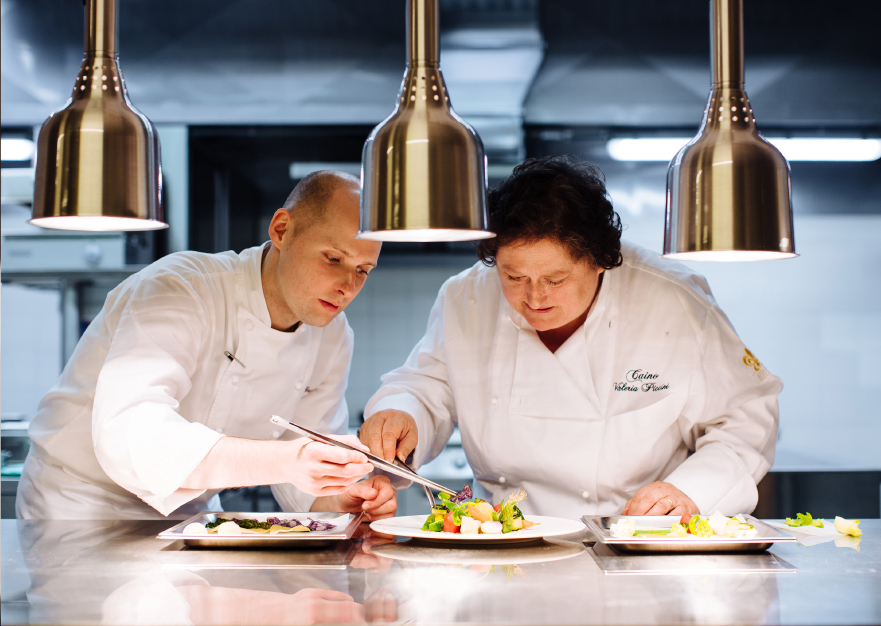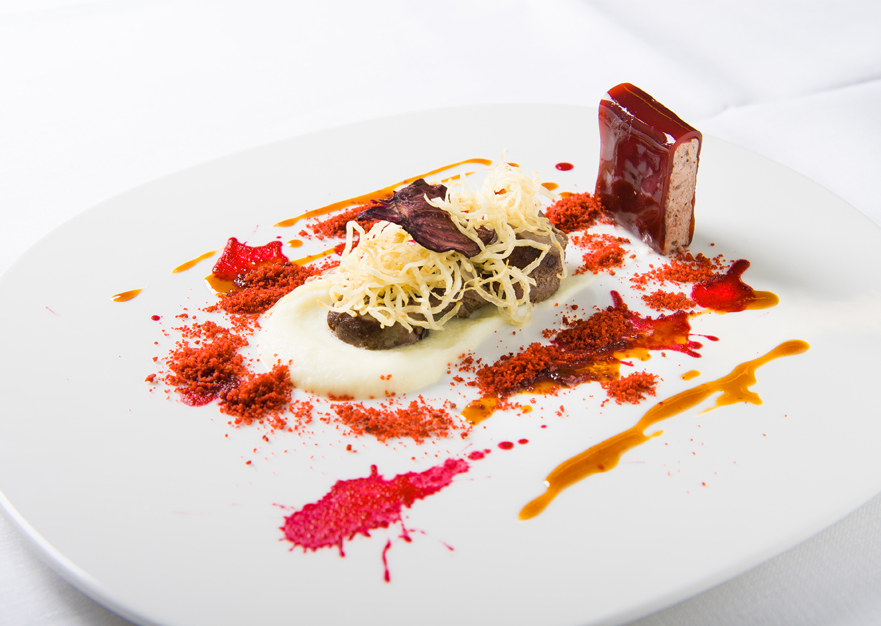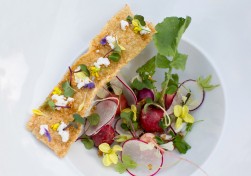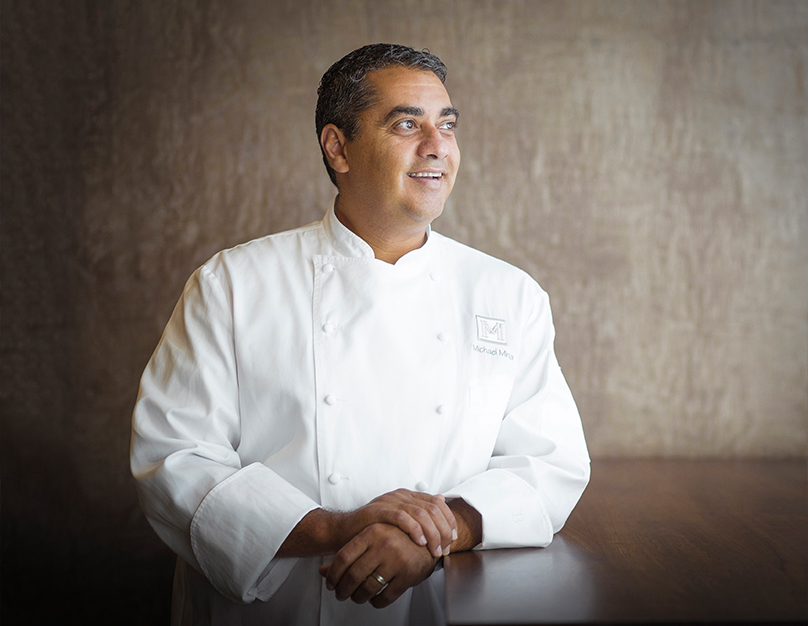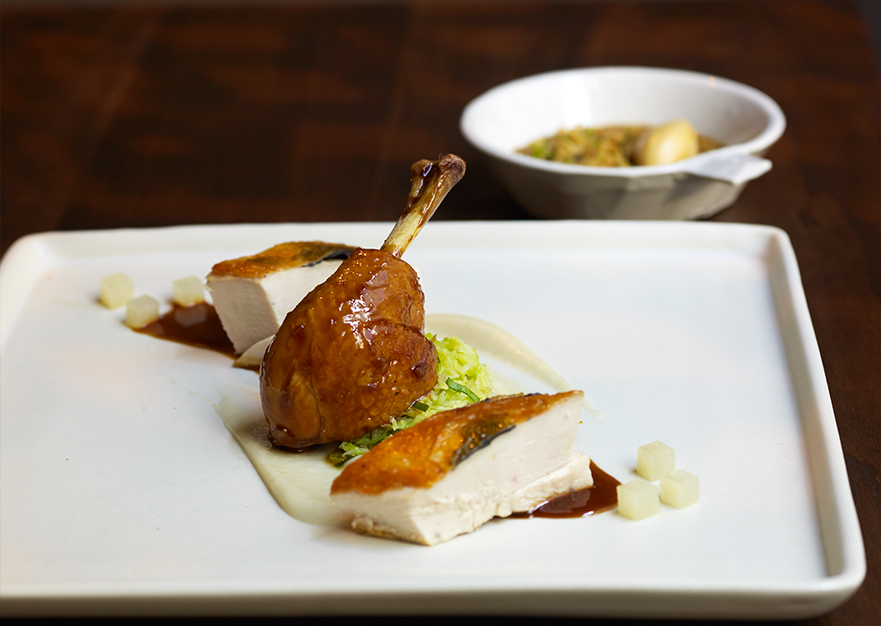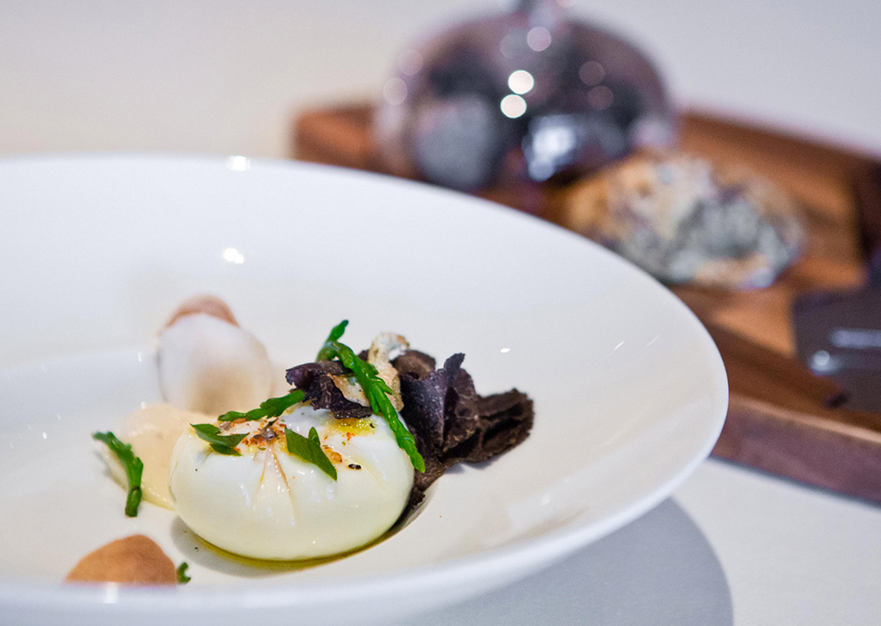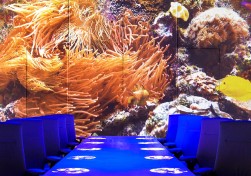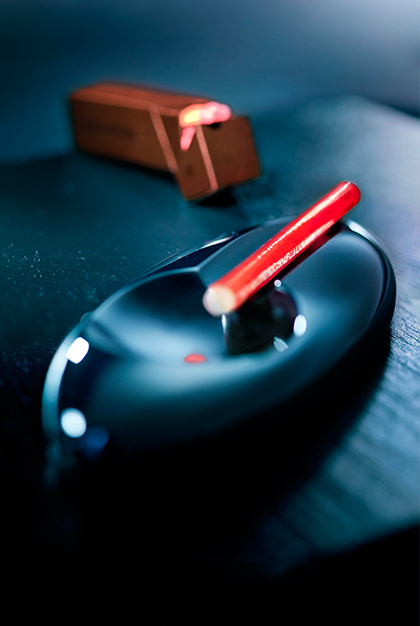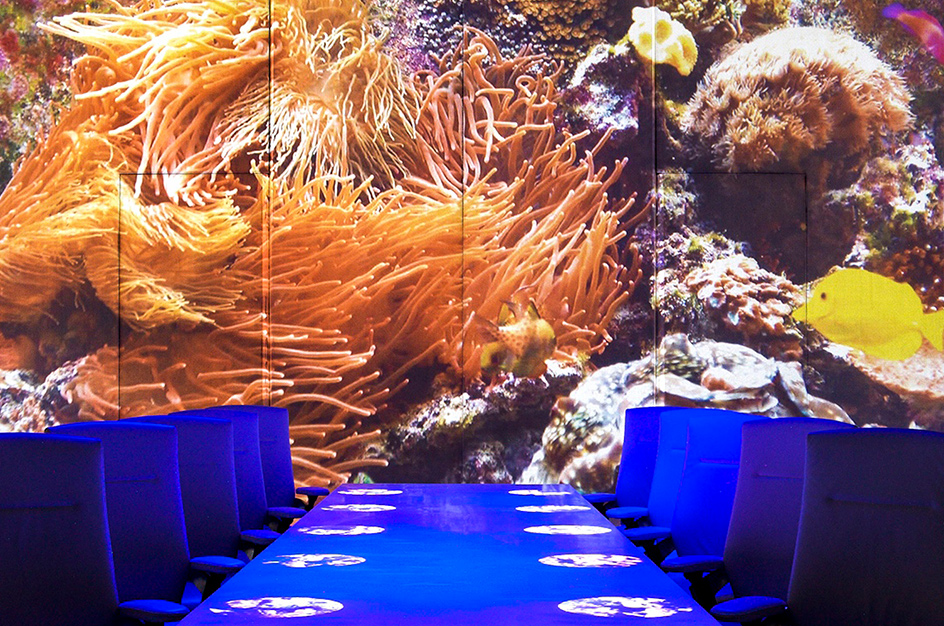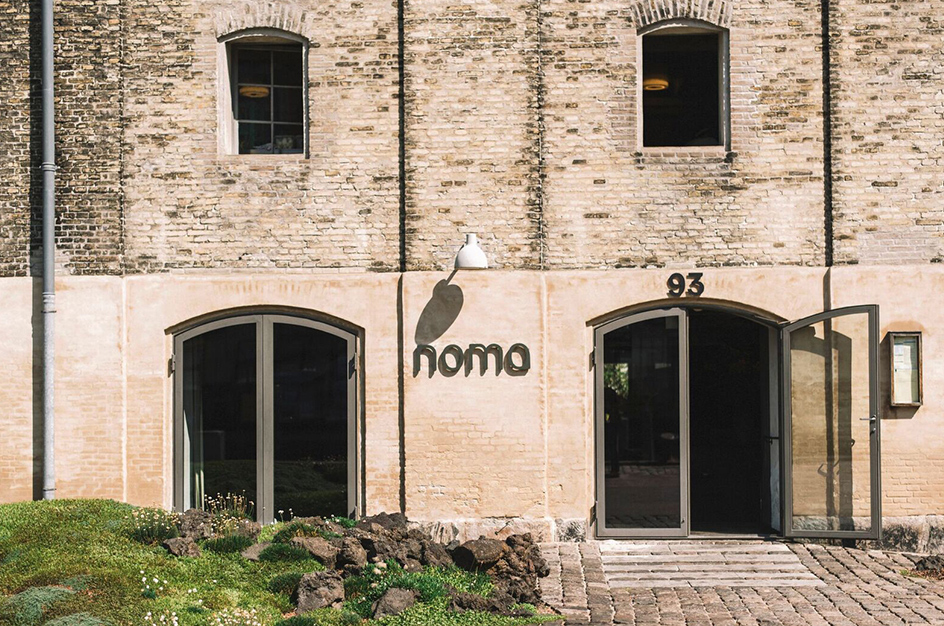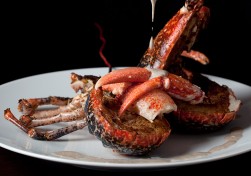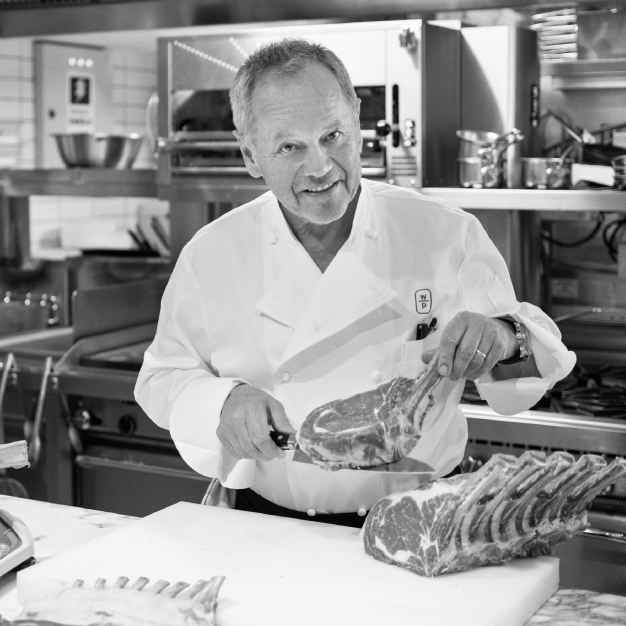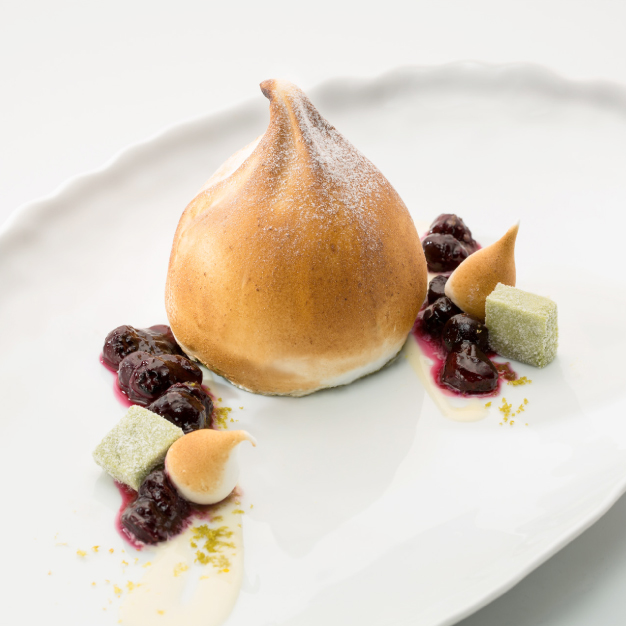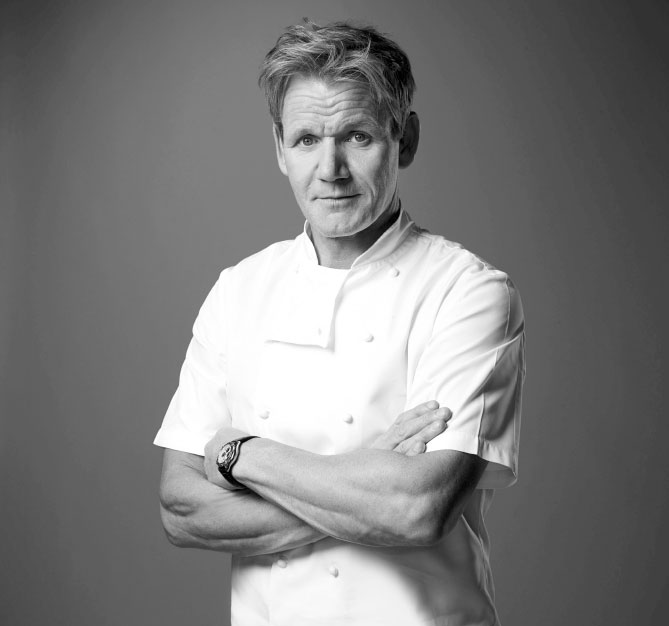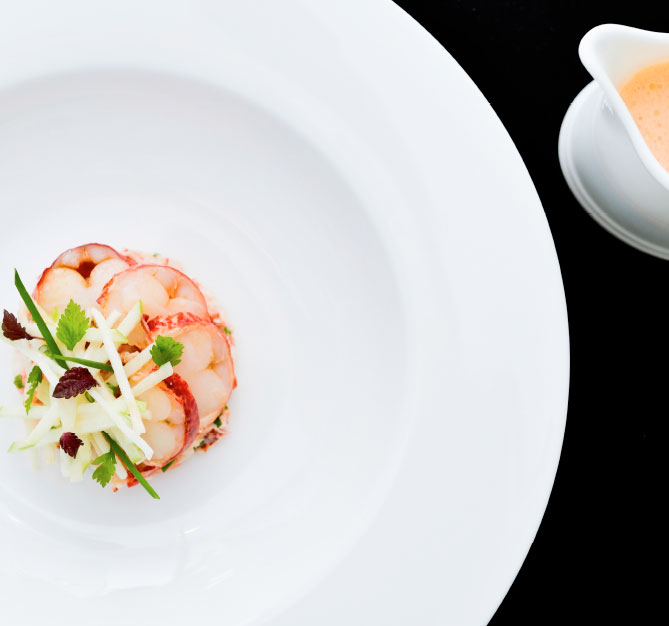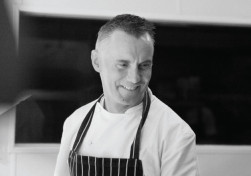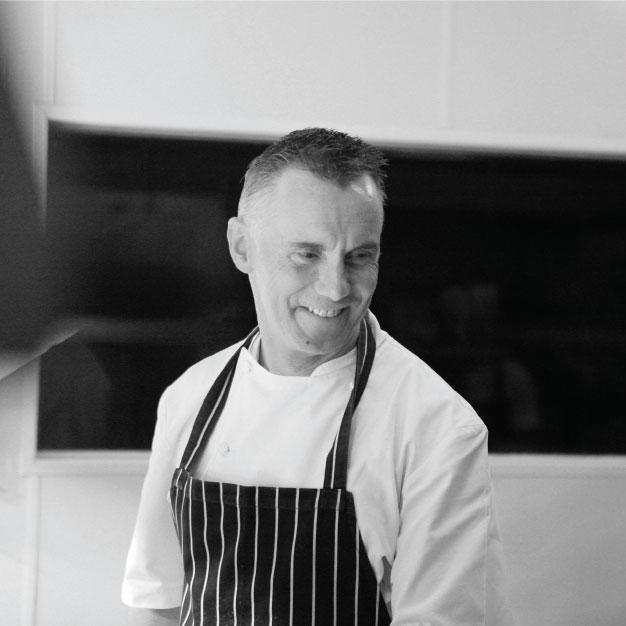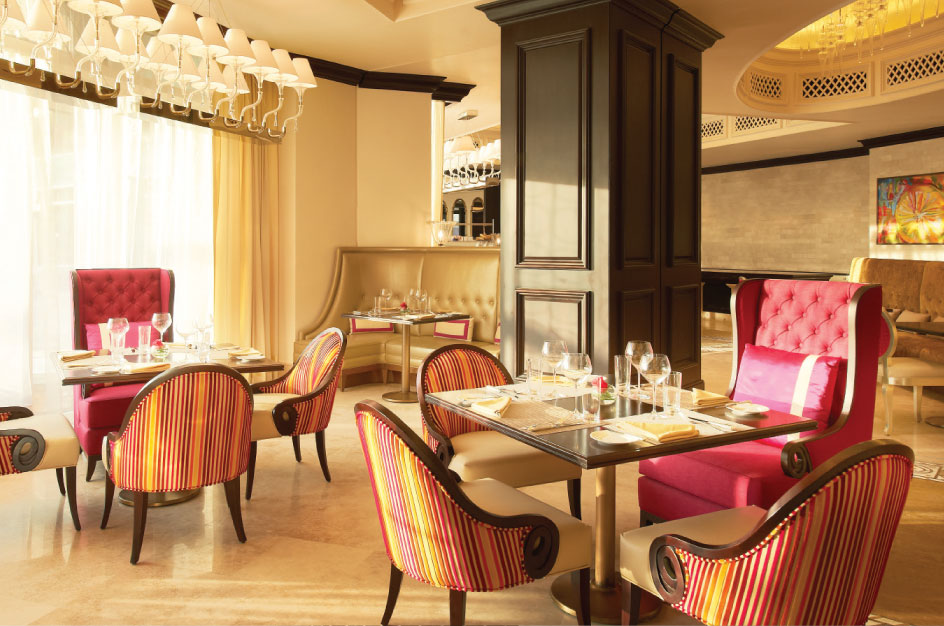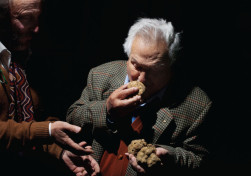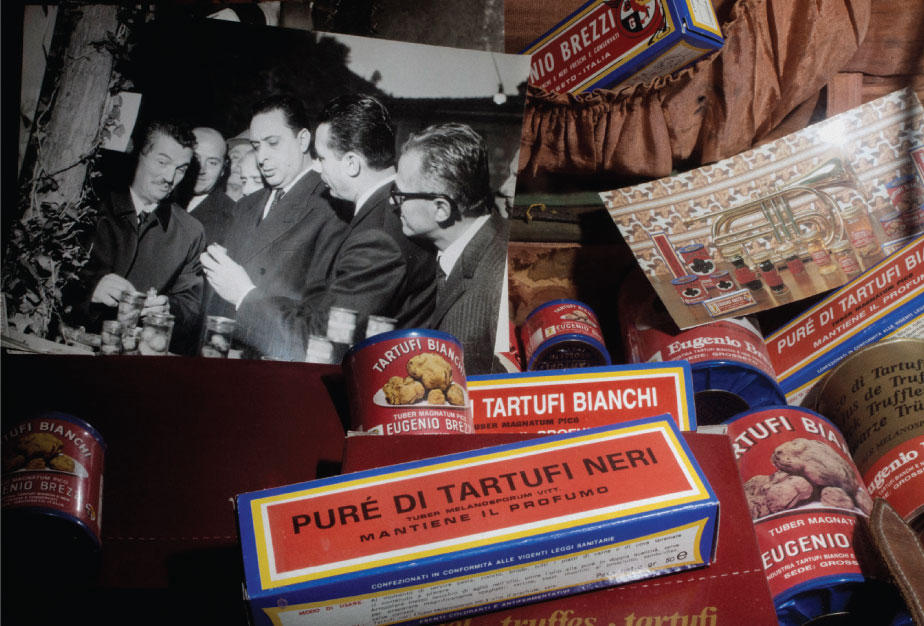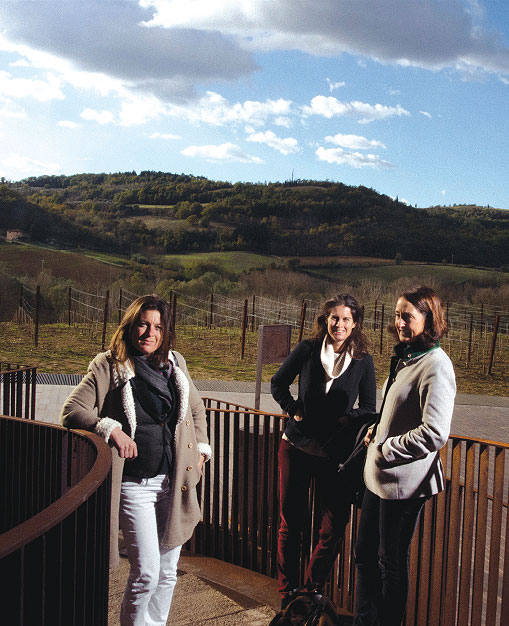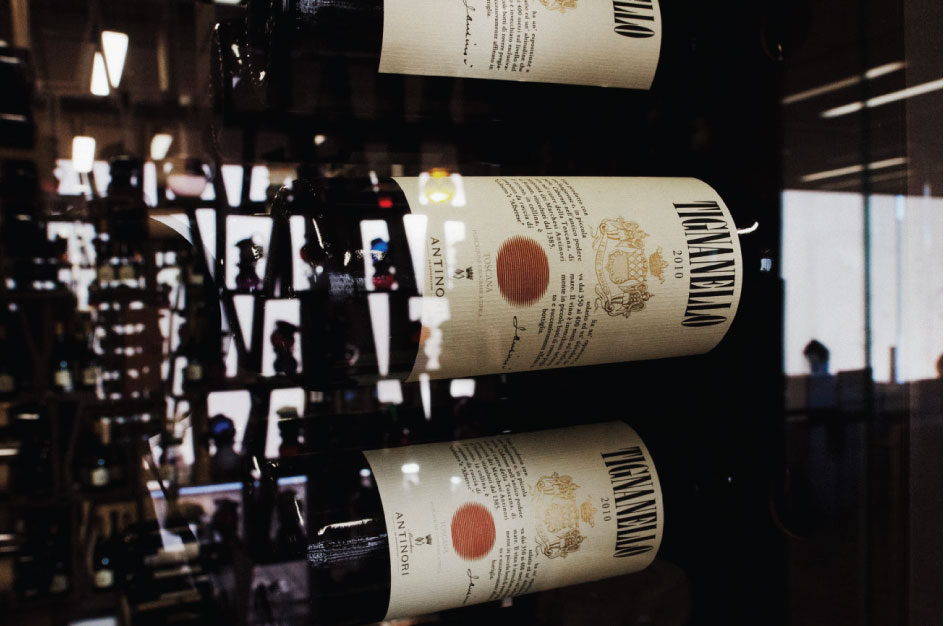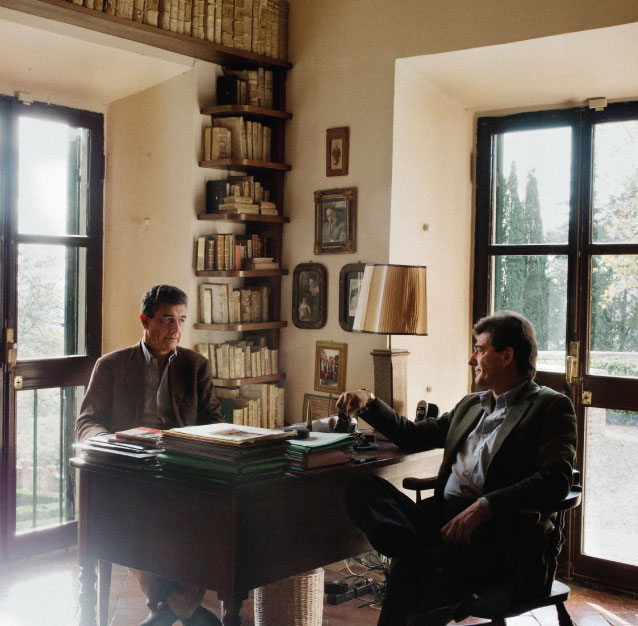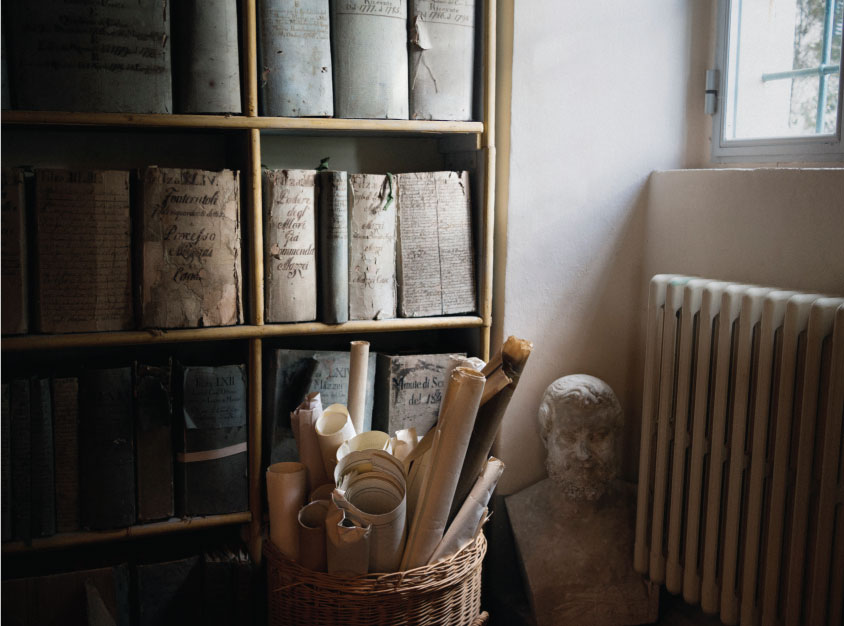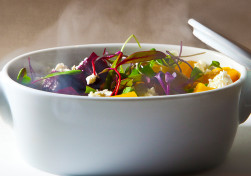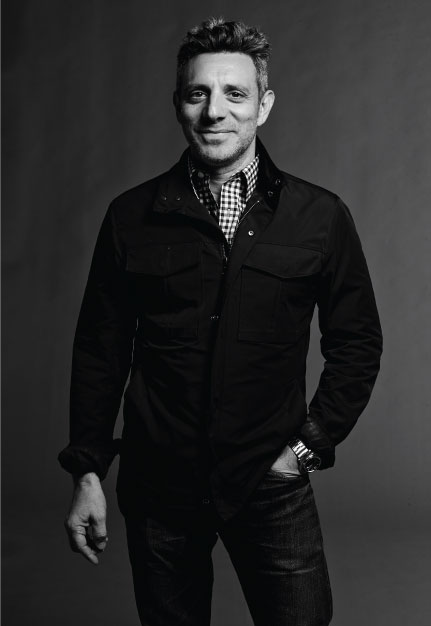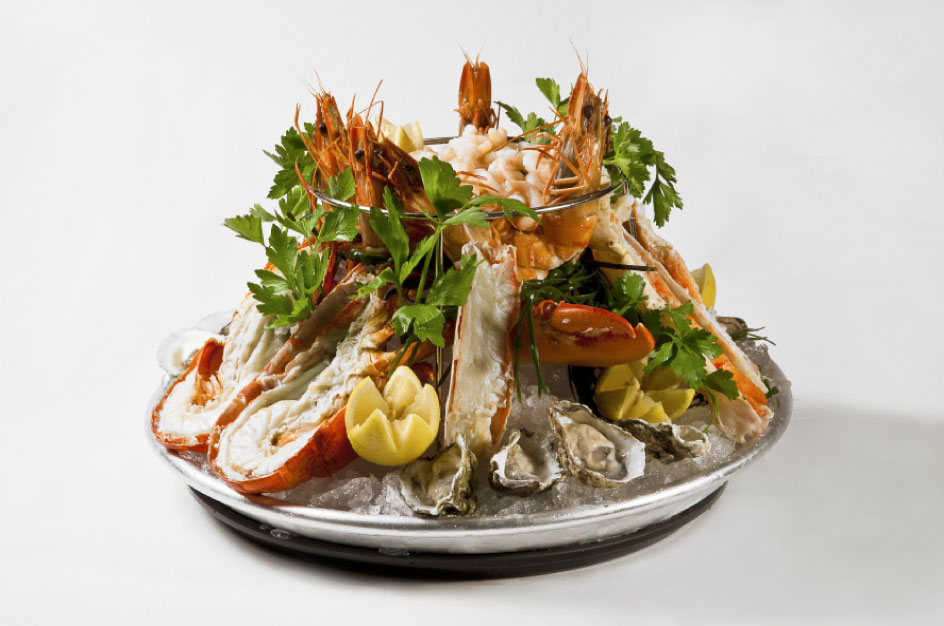Widely regarded as one of the top chefs in Italy, Valeria Piccini’s restaurant, Da Caino, in southern Tuscany, has held two Michelin stars since 1999. Three years ago, Piccini was invited to team up with The St. Regis Florence’s executive chef, Michele Griglio, to create Restaurant Winter Garden by Caino, the hotel’s fine dining experience, housed in an exquisite former courtyard with lofty ceilings and sumptuous décor. From day one, the collaboration between these two culinary masters has been a resounding success: in 2014 the restaurant was awarded a Michelin star for its unique take on classic Tuscan cooking.
What do you eat when you’re home alone?
V.C. Spaghetti and eggs with tomato sauce.
M.G. Something very simple like a beef fillet.
What would you order from the menu at Restaurant Winter Garden by Caino?
V.C. Right now I would order the homemade ravioli stuffed with grey mullet on a cream of fresh peas and grey mullet roe.
M.G. For the ultimate experience you really have to try the tasting menu.
What’s your favorite dish to cook?
V.C. Definitely pasta and desserts.
M.G. Spaghetti with tomato sauce.
Are you inspired by local ingredients or traditions?
V.C. Always. We try to use local products as much as possible. For example the grey mullet and the grey mullet roe both come from Monte Argentario [a peninsula off the southern Tuscan coast].
M.G. I’m constantly inspired by Tuscany’s incredible culinary tradition and all the outstanding products the region has to offer.
What’s been your proudest or most memorable moment during your career?
V.C. When I was awarded a second Michelin Star at Da Caino. And when we received our first Michelin star at Restaurant Winter Garden by Caino.
M.G. In 2005, when I did my first service alone [as head chef], in charge of an entire kitchen staff.
Which dish you’ve created are you most proud of?
V.C. It’s impossible to choose just one. My favorites are tortelli pasta with Cinta Senese [a type of pork], tortelli with cacio cheese and pears, and I always love cooking anything with pigeon, because for me it’s the best meat.
M.G. I’m very proud of my risotto with peas and squid.
What’s the best thing to eat in Florence?
V.C. Lampredotto, which is a traditional Florentine dish made using part of a cow’s stomach, boiled in a broth with tomato, onion, parsley and celery.
M.G. You can’t beat a Florentine steak.
If you could revisit any meal in your life, what would it be and why?
V.C. It has to be lasagne – I love it.
M.G. I’m a big fan of jerk chicken, a typical Jamaican dish. One day I would love to recreate it with a touch of Italian style.
What’s the secret to running a restaurant?
V.C. Never losing the passion you had at the beginning, constant research, and humility, which I’ve noticed seems to be decreasing.
M.G. I’m still trying to find out, but passion and constant dedication are without doubt the starting points for a successful restaurant.
When you were a child, what was your favorite type of food and do you still eat it now?
V.C. For me it was always pasta with butter and Parmesan cheese, but to be honest I don’t eat it very often these days.
M.G. I always loved dark chocolate. It’s one food I’ll never give up.
Which dish or meal most reminds you of home?
V.C. I’ve always had a nostalgia for foods that are derived from the cheese-making process. My parents were dairy farmers, so I always loved eating “cuculo”, which is the spun curd before it becomes cheese, and “scottino”, a combination of hot ricotta cheese, buttermilk and bread.
M.G. Sunday roast beef always makes me think of home.
Your address: The St. Regis Florence
